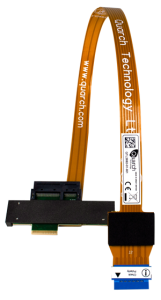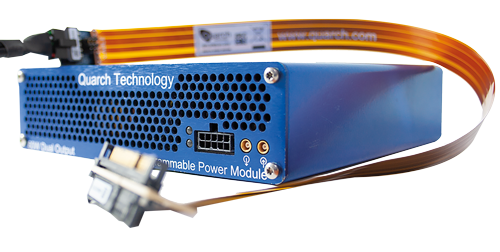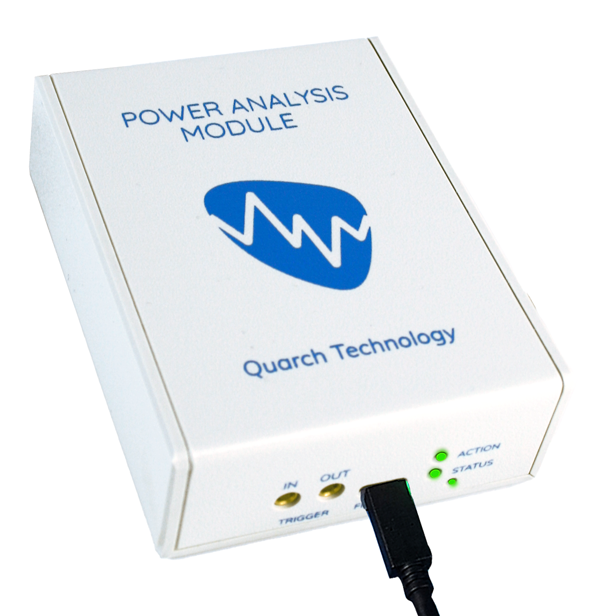
Andy Norrie
What is CXL?
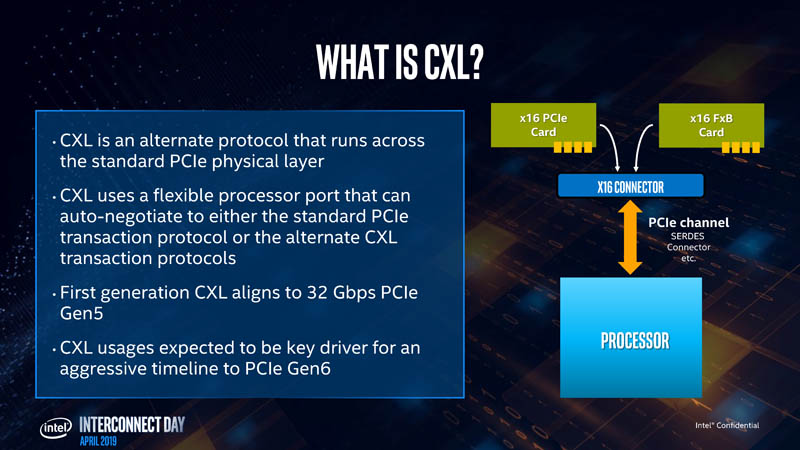 Compute Express Link (CXL) is a high-speed CPU interconnect designed to accelerate next-generation data centre performance. It is an open standard technology that enables high bandwidth, low latency data communication between the CPU and workload accelerators, such as GPUs, FPGAs, and networking equipment (NICs). A key innovation of CXL lies in its ability to maintain memory coherency between the CPU and memory-attached devices, allowing resource sharing for higher performance, reduced software stack complexity, and lower overall system cost.
Compute Express Link (CXL) is a high-speed CPU interconnect designed to accelerate next-generation data centre performance. It is an open standard technology that enables high bandwidth, low latency data communication between the CPU and workload accelerators, such as GPUs, FPGAs, and networking equipment (NICs). A key innovation of CXL lies in its ability to maintain memory coherency between the CPU and memory-attached devices, allowing resource sharing for higher performance, reduced software stack complexity, and lower overall system cost.
In the same way that PCIe hot-plug and fault injection affect PCIe, CXL operates over the PCIe bus (like NVMe). Our engineers at Quarch will guide you through the challenge of determining: What do I need to test CXL?
- Samsung Develops Industry’s First CXL DRAM Supporting CXL 2.0
- CXL Standards group
- How CXL 3.0 technology will affect enterprise storage | TechTarget
What do I need to test CXL?
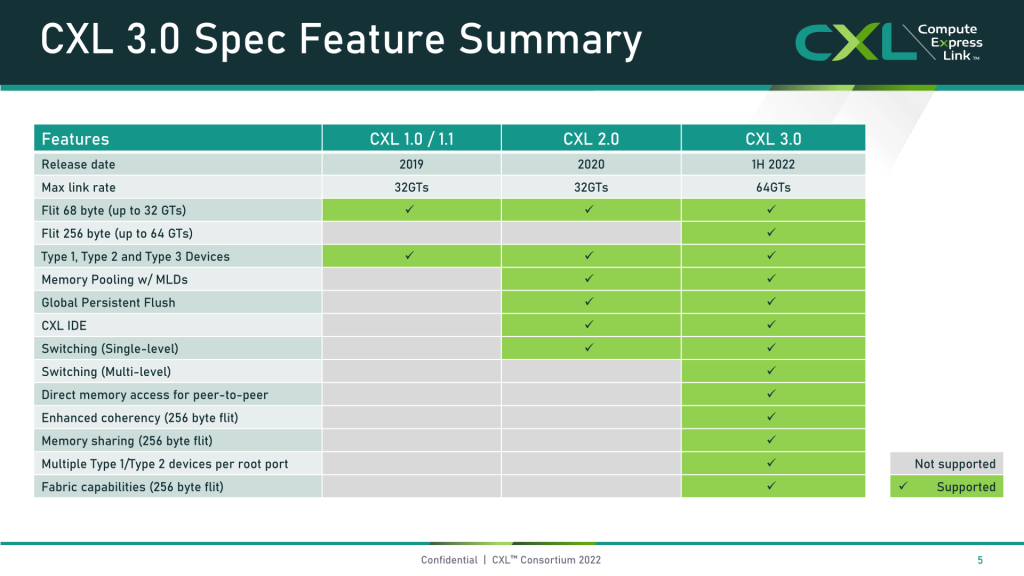 The great news is that Quarch products designed for PCIe are protocol agnostic and can be used to test any PCIe compliant device. This means that our existing range of award winning products can be used for CXL. If you have existing Quarch products in your lab then you could repurpose them today!
The great news is that Quarch products designed for PCIe are protocol agnostic and can be used to test any PCIe compliant device. This means that our existing range of award winning products can be used for CXL. If you have existing Quarch products in your lab then you could repurpose them today!
The complexity of CXL has some major test challenges for any organisation so if you need help, drop us an email and talk directly to our engineers for help: support@quarch.com
For a quick intro into useful tests, read on!
Hot-plug and fault injection
Quarch ‘Breaker’ modules are used across the industry to automate a wide range of tests, from simple drive removal to complex hot-plug timings, lane restrictions, and more. This is essential to prove that your device can handle the wide range of configurations and timings that it will come across in the real world.
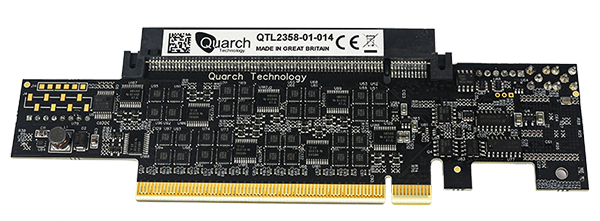
Power Analysis
Power consumption is an essential metric for any modern device. The cost of energy (and cooling) is large over a device’s lifetime. With thousands of devices running in a data centre, even a small efficiency improvement can make a huge difference.
Manufacturer data sheets can give useful guidance, but verifying actual power use in your system is critical.
Quarch tools can help with power testing in a few main ways
Our PPM (Programmable Power Module) range can supply power to a device and vary the voltage for a wide range of tests: Voltage margining, brownout, glitch, crowbar and more
Both our PPM and PAM (Power Analysis Module) range can give you calibrated power measurements at high resolution and with long term recording. This is very beneficial when looking at how a device responds to different workloads.
Both ranges can measure to 100uA, to verify a device’s sleep state and understand exactly how much power it uses when idle. Often a device is ‘capable’ if a low idle power, but may not enter it in practice.
Test examples
If you don’t have experience with Quarch products, you’ll find our application notes implement various useful tests:
-
UNH-IOL Plugfest test – Designed for hot-plug of NVMe SSDs but very relevant for CXL. Verify a device enumerates correctly every time, with a range of fast and slow plug speeds.
 AN-003 – Plugfest hot-swap testing – Quarch Technology
AN-003 – Plugfest hot-swap testing – Quarch Technology
-
Power Vs performance – Run many workloads on a drive and analyse the Power Vs Performance of the device.
 AN-017 – QPS Performance Test With FIO – Quarch Technology
AN-017 – QPS Performance Test With FIO – Quarch Technology
-
For a longer read, check out my previous blog on SSD fault injection testing suggestions
 Automated test plan for SSDs – Quarch Technology
Automated test plan for SSDs – Quarch Technology
Pre-built tests
Not every team has the time or ability to write automated tests. In this case we can help with at least the basics. Quarch Compliance Suite contains a set of automated tests that cover everything from hot-plug, to power performance and more. It is free to try for the basic tests and includes detailed reporting:
 Quarch Compliance Suite – Quarch Technology
Quarch Compliance Suite – Quarch Technology

